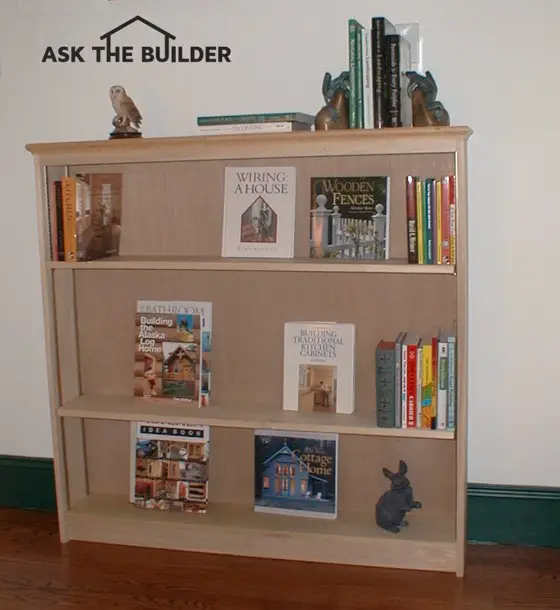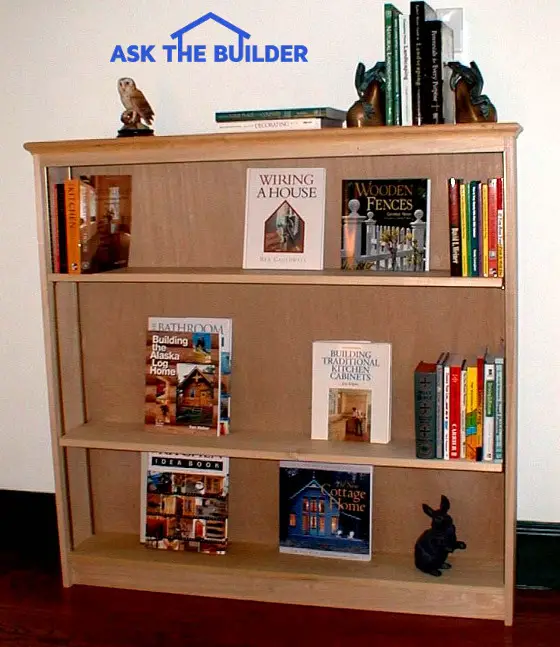Ten Speed Enhancement Tips
Car Design - NASCAR and Indy race teams know all about the importance of aerodynamics. The same principles apply to gravity race cars. If you want to go fast, the car needs minimal air resistance. As crazy as it sounds, a simple wedge shape car solves this problem. Don't forget to slant the back of the car so it doesn't drag when the car hits the bottom of the hill.
Wheels - The wheels provided in the standard kit are excellent. They are usually very round and free of defects. Check for burrs on the outer edges. I always enlarge the axle hole by 1/64th of an inch so that the wheel can rotate freely on the axle.
Axles - Alignment is critical. The car's axles must be parallel and in the same plane. If they are out of alignment, the car will ride on three wheels and/or one or more wheels may be in a bind. This obviously creates friction and friction slows the car.
Grind / Polish Axles - The axles supplied with the kits are simply nails. The underside of the nail head contacts the outer surface of the wheel as it spins on the axle. If you grind the head of the nail so it flares away from the nail shaft, this means there will be less friction where the nail head touches the wheel. Polish the nail shaft with emery cloth to reduce surface friction on the wheel shaft.
Balance - The weight of the car needs to be as balanced as possible. This eliminates concentrated loads on one or more wheels. Unbalanced cars are also unstable on the race track. If they hit a slight bump, an unstable car can jump off the track.
Car Weight - Most gravity cars cannot exceed 5 ounces. The car body, wheels, axles, etc. only weigh a little over 2 ounces. I prefer to add weight by using lead. I create a recessed area on the underside of the car with a router. The recess is usually 1.25 inches wide, 2 inches long and about 5/16ths inch deep. Use a torch to melt stick or roll solder.
To add the correct amount of lead, you need to place the completed car body and all of its parts onto an accurate scale. Begin to add solder until you get to 5 ounces. If the car is deemed overweight at the check-in, you can shave off lead from this area.
Be sure to undercut the recess area slightly so the lead doesn't fall out.
Graphite - Dry powdered graphite is a superb lubricant. I like to puff some in the axles, wheels and even on the sides of the car body. Apply it any place where one moving part touches a stationary object.
Inner Wheel Hubs - The wheels that come with the kit have squared off hub shafts. These rub against the car body when the wheels spin. If you shave these slightly to make them rounded, only a small portion of the hub will actually contact the car body. Less contact = less friction.
Wheel Tilt - When the axles are mounted to the car body, the axles need to be straight. If not, the wheels will be tilted slightly. Use a small diameter carpenter's nail set to lightly drive the axles so they bottom out in the axle groove.
Last Minute Weight - If your car is light at the weigh-in and you add weight, do so on top of the car. Never add weights on the bottom that might allow the weight to drag on the race course track.
Last Minute Lubrication - Be sure to take your tube of powdered graphite with you on race day if you decide to do trial runs down the track. Lubricate all axles before you turn your car in. Spin the wheels while puffing graphite on the axle shafts.
Column B316

